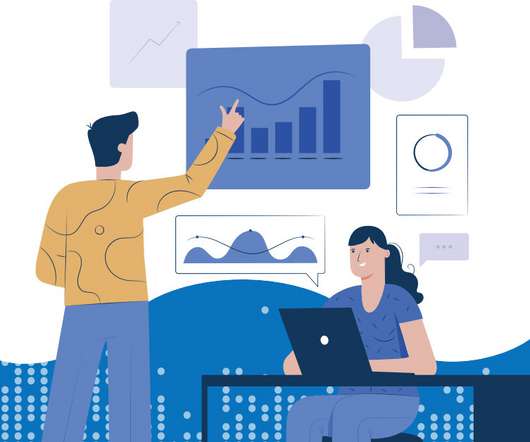Data science vs. machine learning: What’s the difference?
IBM Big Data Hub
JULY 6, 2023
Other challenges include communicating results to non-technical stakeholders, ensuring data security, enabling efficient collaboration between data scientists and data engineers, and determining appropriate key performance indicator (KPI) metrics. ” “Data science” was first used as an independent discipline in 2001.














Let's personalize your content